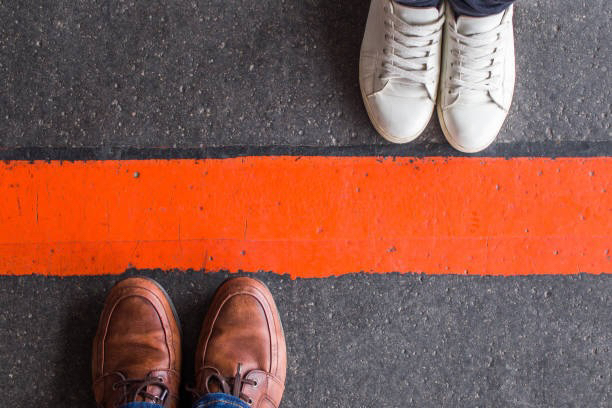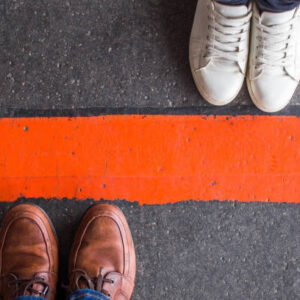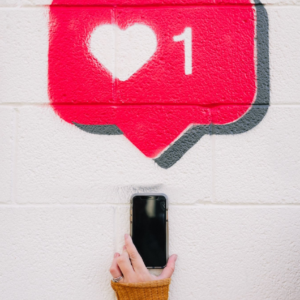
I have noticed that our dog is very good off leash but pulls as soon as I put her on leash. Several conversations with other dog owners have revealed that I am not alone in this experience. Why is it that they are better behaved when off leash we wonder?
The leash is a boundary. Although our dogs (and kids) chafe at any imposed boundary, boundaries give them an ability to pull away, to test the boundary while knowing that they are safe up to this line, the end of the leash/this line. In the case on my dog, when they are on leash I, the owner, am paying attention to the other dogs, cars and people, so she is free to just smell anything and everything she can. Off leash-at parks and other play areas- she has to pay attention to where she is and where I am, and she has free will to play or not play with the other dogs. When she is off leash, she is more aware of me, she often looks back as if to check “Do you think this bigger dog is ok or not?”, “Are you still there?”, “Is it okay to keep going?”, “Am I safe?” “You won’t leave, right?”
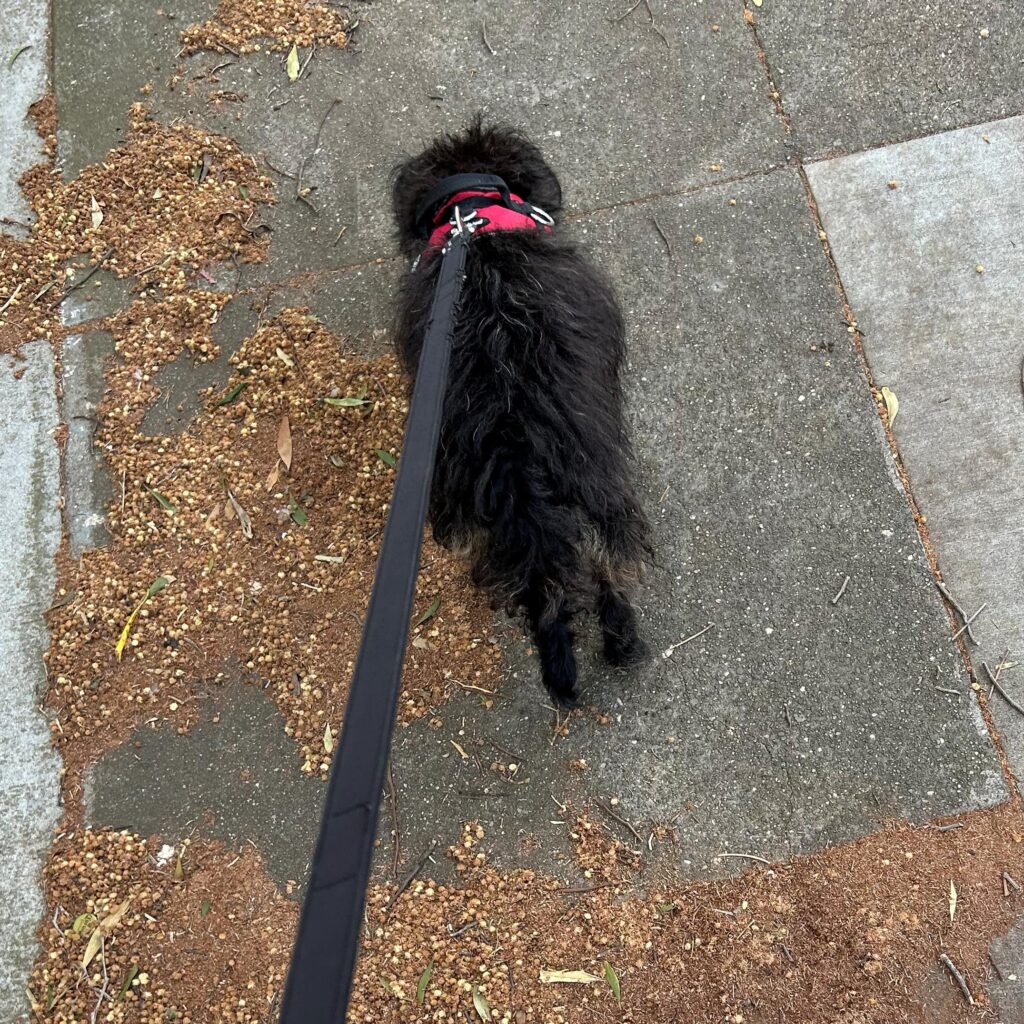
She takes her cues from us, her caregivers, running in wide or small circles depending on her confidence in her playmate’s compatibility. Much like our little children when she is at a new playground, she’ll look back asking without words “Can I climb up here?” And, occasionally I call her back when she strays too far for my comfort.
Teens are no different, in that they still look to us for cues about what is safe and what is not safe. What is different is that they are also taking cues from other people, most notably their peers. They are testing out their own limits and boundaries and hopefully learning to make their own judgements, not just follow along.
When we parents create boundaries, it is a clear articulation of our judgements, of what we believe is safe or not safe for them and this gives them freedom within those limits. That doesn’t mean they will always stay “in bounds” but if we are clear, they will know when they are stepping out of those boundaries. Generally, they will accept, when caught, that what they were doing was unacceptable behavior to us, and that we will not be happy about it.
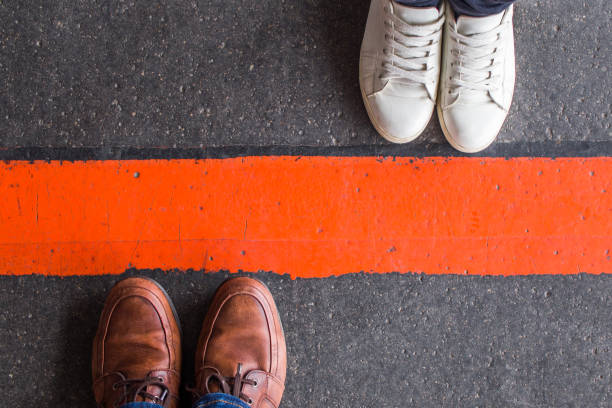
Our Reactions
When they are caught out of bounds, we can be scared, and in those moments we may overreact.
When we have calmed down and realized that they have made it here and are safe, we can reiterate why we have this boundary. We can reiterate why we think this boundary is important, and we can listen to why they crossed it, what they learned, and why they thought it was not important. We may learn to trust their judgement. We may learn to keep a closer eye on them until they can earn our trust again. Either way it becomes a learning experience for everyone, rather than a battle of wills.
As parents of teens we are coming to the end of time when we are the arbiters of what is safe for them. They are learning to make their own decisions. Sometimes this involves making mistakes. We don’t need to punish them; we need to guide them to adulthood. This means that following through with any consequences we had laid out is important. It may also mean supporting them in dealing with any other unintended consequences which they may run into outside our domain. This does not mean absolving them or punishing them but standing with them throughout.
What is safe
When I clip on the leash, I keep my dog within the distance that I deem safe given the environment. I keep her close to me when we cross streets and walk in parking lots, I give her more length when on an empty sidewalk. Since I am dictating how far from me she can roam, she is freer to pay attention only to what she is smelling.
When we set boundaries for our teens, we give them a version of that safety. Our children, not being dogs, are not physically restrained on a leash. They may not tell you everything that happened at a party, who they are spending time with, etc. As teens they need privacy; not telling you everything, gives them space to define themselves. Having clear boundaries sets up your understanding of what is safe in a given environment.
My mother, when I was a teen, always wanted to know if I had cab fare to get myself home safely from any party I went to. She wanted me to travel with my friends, and also to be prepared if I got uncomfortable or no one was ready to leave in order for me to get me home on time. I never had to use that money, but she always checked that I had before I left. It let her sleep while I was out, it gave me a tool to take care of myself and it set the expectation that I would be home by the appointed hour.
Our Comfort Zones
Her boundaries were about her comfort level, which were not always the same as my teenage ideas of comfortable limits! We negotiated some, I snuck around others, but mostly the boundaries that we came to reflected her ideas of what was reasonable. Although I didn’t always stay within her boundaries, I didn’t stray too far outside them. When I was caught, I understood that I had broken her trust and had to earn that back.
What I didn’t recognize then was that her boundaries provided a safe zone. I could explain to my friends why I wouldn’t, or I would proceed carefully, in order not to get caught, but I never blindly just followed my friends. Within the safe zone, I was free from worry about if it was ok, I knew it was. I didn’t have to pay attention I could just enjoy the moment.
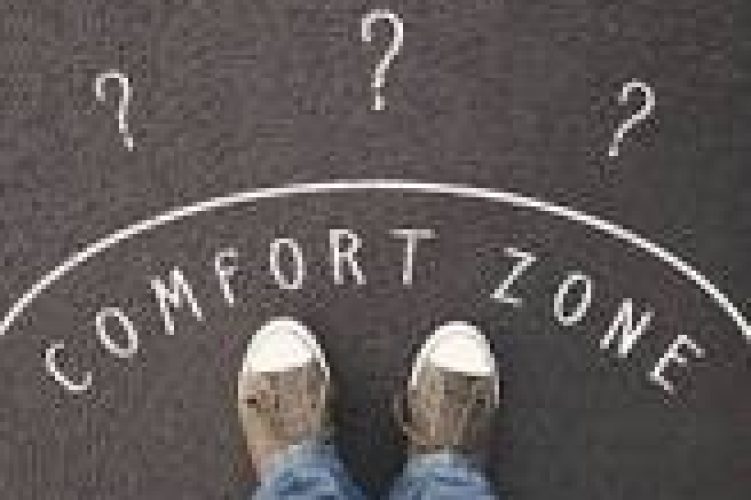
Boundaries can feel out of step with reality to your teens. They may resist and push back with their own version of reality. If viewed by us as guidelines, rather than hard and fast rules, we can meet the inevitable moments of disagreement. If we recognize them as expressions of what we are willing to do or not do, based on our own comfort, we can listen more easily to any objections. We can, in the face of a persuasive argument, change our minds. We can also keep our boundaries in the face of a teenage rant.
Boundaries are a way to hold our children when they are too big to pick up. If used consistently and clearly our boundaries communicate, love, safety and freedom, rather than control. Boundaries are not a blunt tool for forcing our will, but a flexible one for maintaining our connection. A retractable leash if you will, as they prepare to be off leash and we want to reassure them that yes, we are still here, we’re solid, we will always be here, which doesn’t mean that we will always be comfortable with your decisions, but, go ahead, you’re safe now and we trust you when you go out in the world.
